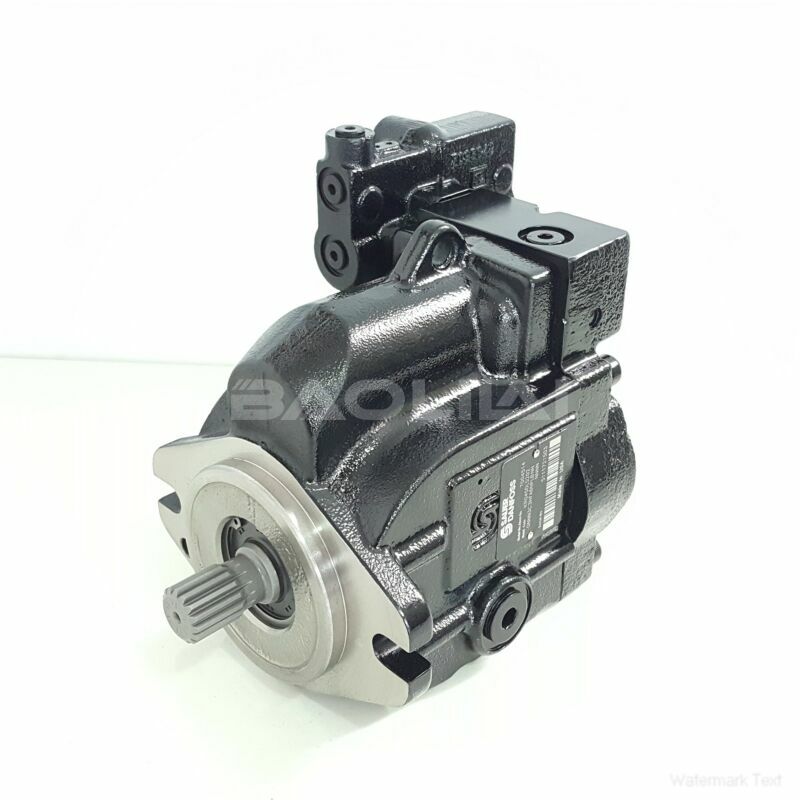KRR045DLS2120NNN3T1NFA6NAAANNNNNN sauer danfoss pump
KRR045DLS2120NNN3T1NFA6NAAANNNNNN sauer danfoss pump

- Product Details
- Applicable Scene
In the rapidly evolving landscape of high-speed manufacturing, hydraulic systems play a pivotal role in ensuring optimal performance and efficiency. Among these systems, hydraulic oil pumps are essential components that directly influence the effectiveness of manufacturing operations. Designing hydraulic oil pumps for high-speed applications presents unique challenges and opportunities that require innovative engineering solutions.
KR-R-045D-LS-21-20-NN-N-3-T1NF-A6N-AAA-NNN-NNN
KRR045DLS2120NNN3T1NFA6NAAANNNNNN
One of the primary considerations in the design of hydraulic oil pumps for high-speed operations is flow rate. High-speed manufacturing processes demand rapid fluid movement to ensure that machinery operates without delays. Consequently, hydraulic pumps must be capable of delivering high flow rates while maintaining consistent pressure levels. This demands a meticulous selection of pump types, such as gear, vane, or piston pumps, each offering distinct advantages in terms of flow efficiency and pressure control.

83026813
Another essential aspect of pump design is the minimization of response time. In high-speed operations, machines often require instantaneous hydraulic power to adapt to changing load conditions. Therefore, engineers must focus on creating pumps with low inertia and high responsiveness. This may involve using advanced materials and components that allow for quicker fluid movement and improved interaction with the hydraulic control system.
The efficiency of hydraulic oil pumps is also critical. Energy efficiency becomes increasingly important in high-speed manufacturing environments where operational costs can significantly impact profitability. Designers should utilize computational fluid dynamics (CFD) simulations during the design phase to optimize the flow characteristics within the pump. Reducing energy losses due to turbulence and friction can lead to lower operational costs and improved sustainability. Additionally, incorporating variable displacement technology can enhance the efficiency of pumps by adjusting the flow as per the demand, further conserving energy.
Heat management is another crucial factor when designing hydraulic oil pumps for high-speed applications. The rapid movement of hydraulic fluids can lead to increased temperatures, which can affect the viscosity of the oil and, subsequently, the performance of the hydraulic system. Designing pumps with efficient cooling systems or heat exchangers can prevent overheating, maintaining optimal hydraulic fluid properties and extending the life of the pump and the machinery it supports.
Furthermore, reliability and maintenance considerations are integral to the design of hydraulic oil pumps. High-speed manufacturing environments often operate continuously, and unexpected downtimes can result in significant financial losses. Implementing robust materials and simplifying maintenance procedures can enhance the reliability of hydraulic pumps. Moreover, integrating advanced monitoring systems that provide real-time data on pump performance can enable predictive maintenance, allowing operators to address issues before they escalate into costly failures.





